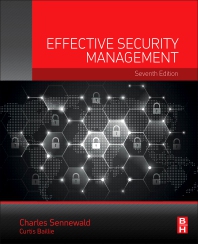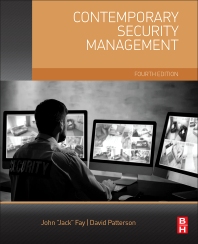Screening Employees and Contractors Crucial in Reducing Workplace Violence

A Society for Human Resource Management (SHRM) workplace violence survey found that more than 50% of the respondents were concerned that workplace violence might occur at their organization. According to the Bureau of Labor Statistics, an average of 564 work-related homicides occurred each year in the United States from 2004 to 2008. While maintaining a safe workplace is the primary goal of any workplace safety program, many companies, both small and large, fail to engage in a comprehensive background screening program for employees and contractors. Why is background screening so important in screening out potential work-related violence? And, why should current employees and contractors be screened annually?
Background Screening
Workplace violence prevention can include many strategies and tactics. Developing and implementing a workplace violence prevention plan is essential. Ongoing reviews, training and drills are needed to ensure that the plan lives, and is effective. Procedures and hotlines can be established for employees who need assistance, or for those who recognize the warning signs of workplace violence from a co-worker. Many organizations also institute highly effective awareness campaigns that include workplace speakers and seminars. Workplace violence is also considered when developing security policies and access control methods.
While all of these are highly recommended, another critical strategy is to review what is at the center of every workplace violence situation - employees. Whether the assailant or the victim, an employee is involved in every instance of workplace violence. Companies that care about the environment in which people are working must strive to ensure that everyone who interacts with the workforce has a violence-free history. The best prognosticator of future violence is a review of the past. People who have histories of domestic abuse, assault and battery, or drug and alcohol abuse often demonstrate anger management and personal control problems, which may be red flags for employers.
Background checks can identify applicants and employees who have demonstrated unacceptable workplace behavior. The background check process can include county criminal record and national criminal file searches, drug testing, prior employment and education verification, license verifications, and other investigations that can reveal potential warning signs.
When people know that a company stands behind comprehensive background screening, they know that the company cares about their welfare. Applicants who have dubious backgrounds that include reckless acts may ‘self-select’ out of the interviewing process. Applicants and existing employees with clean backgrounds are typically not bothered by the screening process as they appreciate the organization’s commitment to a safe workplace.
Know Who is on Your Premises
To fully secure a facility, the employer must know exactly who is on their premises. Whether you are a property manager, HR representative or business leader, it is important to understand that a secure workplace means screening not just employees, but also contractors, vendors and temporary staff. These individuals can run the gamut from regular faces your employees know well, to the contractor who visits only once. Regardless of your level of familiarity with these vendors or temporary employees, the need for thorough background screening is the same. To promote a greater level of safety and security for employees and customers, it is vital to conduct regular screening of the extended workforce which may include service and repair professionals, construction workers, food service workers – virtually any non-employee that is interacting with your personnel and customers.
I worked in the staffing business for over a decade, and found that companies are always looking for speed in the hiring and on-boarding process. Comprehensive background screening can take up to a week to complete which can exasperate some hiring managers. However, a company that fails to rigorously screen applicants or repeat screening for current employees and contractors may face much larger issues than a few days delay in on boarding a new hire. Workplace violence, employee theft, fraud and a host of other issues can arise when hiring an employee who has not been properly screened. This may make an organization vulnerable to employee injury or death, unsafe working conditions, brand and reputation damage and lawsuits for negligent hiring.
Ongoing Screening
Additionally, it is critical to re-screen employees – and contractors – each year. Employees who keep their personal lives private may be involved in activities that could negatively impact your workplace. For example, an employee who joined the company with a clean record five years ago may have been involved in domestic disputes over the past few years. This new information is crucial for an employer as domestic disputes sometimes travel into the workplace. The same applies for contractors.
Violence Free Culture
Requiring employees and contractors to complete initial and annual background screening is a common practice. When communicated properly, and presented as part of your comprehensive effort to maintain a violence-free workplace, everyone involved will better understand the need. Employees will appreciate your dedication to creating a corporate culture and daily working environment that is focused on safety and security.
Background screening can also become the marker for when employees and contractors should be reminded of other elements of your workplace violence prevention efforts. Information to promote awareness and reminders to participate in company-sponsored training can be distributed when background checks are initiated.
There are many stressors in the workplace today. Employees and contractors are juggling large workloads, demanding deadlines and a rocky economy. People want to know that the colleagues they pass in the hall, the contractor who fixes their copier, and the cleaning crew who tidies up their workspace are vetted by their employer as best as is legally possible. Background screening may not weed out every potential workplace violence situation, but it is the gold standard of what companies can and must do.
Looking for a reprint of this article?
From high-res PDFs to custom plaques, order your copy today!









